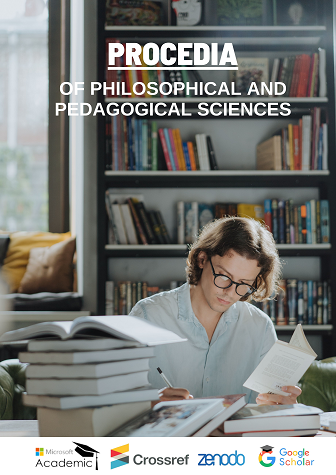The Socio-Cognitive Approach to Teaching Writing
Keywords:
Second language writing, recursive nature, cohesion and coherence, thinking processes, macro-rhetorical goal, socio-cognitive approachAbstract
This article gives information about the phases of ESP/EST development which was characterized by a focus on language for specific purposes, with an emphasis on the analysis of language needs and the creation of specialized materials. The shift towards a more communicative approach, with an increased focus on discourse analysis and the integration of language and content was analyzed The third phase, in the 1990s, saw a further development of the communicative approach, with an increased emphasis on genre analysis and the use of authentic materials. The movement towards a more critical approach, with an increased focus on power relations and the role of language in social contexts.
Each of these phases had a different impact on the type of teaching materials used in ESP/EST. In the first phase, materials were often created by ESP/EST specialists and were highly specialized and technical in nature. In the second phase, materials became more communicative and integrated language and content. In the third phase, materials became more authentic and genre-based. In the fourth phase, materials became more critical and focused on social issues.
Downloads
Published
How to Cite
Issue
Section
License
Copyright: © 2024 by the authors. This work is licensed under a Creative Commons Attribution- 4.0 International License (CC - BY 4.0).




